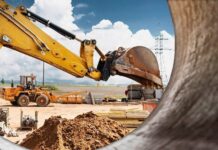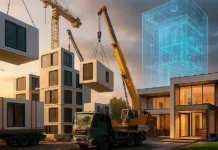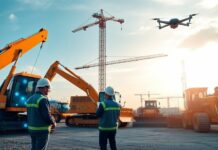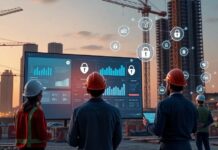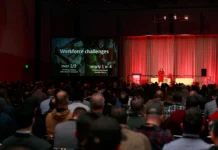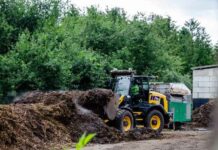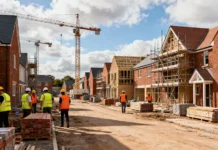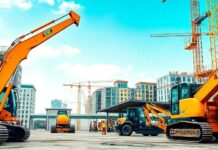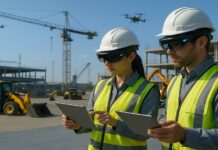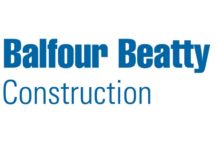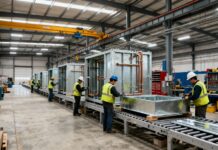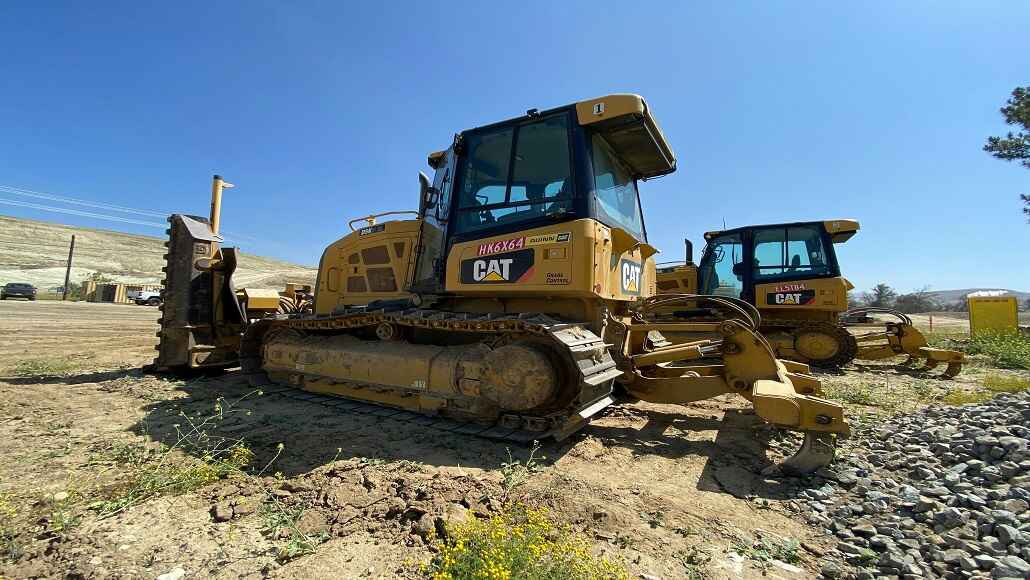Which option do you prefer for your upcoming construction equipment purchase buy or lease?
Your construction business’s financial health might either be secured or endangered by how you choose to obtain your equipment. The equipment leasing and finance industry in the United States achieved an unprecedented $1.34 trillion valuation in 2023 based on recent statistics.
The truth is…
Choosing incorrectly between leasing and purchasing equipment can lead to substantial unnecessary expenses and missed opportunities.
This article will provide comprehensive information about how to finance your heavy equipment needs so you can make the best decision for your particular circumstances.
Key Insights Ahead:
- The Critical Differences Between Leasing and Buying
- Financial Implications of Each Option
- When Leasing Makes More Sense
- When Buying Is The Better Choice
- Tax Considerations You Can’t Afford To Miss
The Critical Differences Between Leasing and Buying
Before choosing construction equipment options it’s crucial to understand the basic differences between leasing and buying.
Leasing construction equipment means:
- You pay to use the equipment for a fixed rental period.
- Payments made each month for leasing equipment usually amount to less than payments for equipment loans
- The leasing company maintains ownership
- The leasing company generally provides maintenance services for rented construction equipment.
- At the lease’s conclusion you’ll have several choices available.
Buying construction equipment means:
- You own the asset outright (eventually)
- You’re responsible for all maintenance and repairs
- The leased equipment registers as an asset on your company’s balance sheet.
- The equipment can be used in any way since there are no restrictions on its usage.
- You can sell it whenever you want
In 2023 construction industry accounted for 10.2% of new business volume which increased from the previous year’s 10.1% according to industry analysis. The marginal growth reflects a greater use of financing solutions by construction firms to meet their equipment demands.
But here’s the kicker…
Your specific business situation along with your cash flow requirements and long-term plans will determine the best choice. There’s no one-size-fits-all answer.
Financial Implications of Each Option
Your financial situation will experience major changes depending on your choice. Let’s break down the numbers.
Leasing Financial Impact:
- You face minimal initial expenses since no down payment is necessary.
- Fixed monthly payments create predictable expenses which make budgeting easier.
- Certain leases remain off your balance sheet because they do not register as debt.
- Upgrading to the latest models becomes possible once your current lease expires
- Lease payments qualify as fully deductible business expenses for tax benefits.
Buying Financial Impact:
- Buying requires substantial initial down payment when purchasing.
- With each payment you make you gain more ownership of the asset
- When ownership is complete you will only spend money on upkeep.
- Depreciation benefits: Tax advantages from equipment depreciation
- Selling the asset after its use allows you to recuperate part of your initial investment.
Want to know something interesting?
Construction industry end-users topped the list in financing utilization with 84% of machinery acquisitions being financed through leases or loans. Construction businesses must have access to financing options because they are absolutely essential for their operations.
If you want to learn more about heavy equipment financing for your construction business, there are specialized lenders who can help structure the right deal for your situation.
When Leasing Makes More Sense
Even though leasing shouldn’t be the default choice it proves to be the better option in certain scenarios compared to purchasing.
Consider leasing when:
- You need the latest technology: Leasing provides a convenient way to upgrade equipment with the latest features and technology for your projects.
- Your projects are short-term: Leasing is a smart choice for projects that last between one to three years because it helps you avoid the problem of having outdated equipment in the future.
- Cash flow is tight: The leasing model maintains your cash flow for essential business operations through reduced monthly payments and lower initial investments.
- You’re in a growth phase: Leasing enables companies to expand operationally through the acquisition of various equipment assets without large capital investments.
- You need flexibility: Leasing lets you easily modify your equipment lineup when your needs change often.
The United States experienced a production price rise of over five percent for construction equipment rental and leasing throughout both 2022 and 2023. Many construction companies continue to choose leasing over purchasing despite recent rate increases because it works better for their particular requirements.
When Buying Is The Better Choice
Buying equipment outright emerges as the best decision during these specific situations:
Consider buying when:
- You have long-term needs: The purchase price becomes cheaper over time when you use equipment for five years or longer.
- You have available capital: Purchasing equipment becomes a long-term cost-saving strategy when you possess sufficient capital without impacting other business operations.
- You’ll use the equipment daily: Owning equipment provides complete maintenance control for heavy-use equipment.
- You want to build equity: Buying builds company assets and net worth.
- You have maintenance capacity: The ownership of equipment becomes a logical choice when your staff includes mechanics.
Equipment financing for construction equipment accounted for 16.5% of new business volume in 2023 compared to 15.4% in 2022.
But here’s the thing…
Buying appears advantageous according to initial analysis yet requires an assessment of your entire financial situation before committing to the decision.
Tax Considerations You Can’t Afford To Miss
Your financial outcome may be strongly influenced by the tax consequences associated with leasing as opposed to purchasing. It is essential to speak with a tax professional before making any decisions but these basic guidelines should help you understand the options.
Tax Benefits of Leasing:
- Businesses can generally deduct lease payments in full as business expenses.
- No concern about depreciating the asset
- Simplified tax filing with straightforward deductions
Tax Benefits of Buying:
- Section 179 deduction enables businesses to deduct the full cost of qualifying assets right away within set limitations.
- Bonus depreciation may be available
- Interest on loans is tax-deductible
Did you know…
Regular changes in tax laws can significantly alter the financial balance between leasing and buying options.
Insights Summary
Selecting whether to lease or buy construction equipment requires careful consideration. Consider these key points:
- Leasing provides businesses with reduced monthly payment obligations together with increased operational flexibility.
- Purchasing equipment establishes ownership equity while reducing long-term financial costs.
- Tax implications significantly impact the total cost
- Your decision should always be based on your particular business circumstances.
- It’s essential to gather various price estimates and conduct thorough examinations.
The appropriate financing decision will emerge from matching your equipment financing strategy with your business objectives and financial position. A thorough analysis of your options ensures your financial results will show gratitude.



